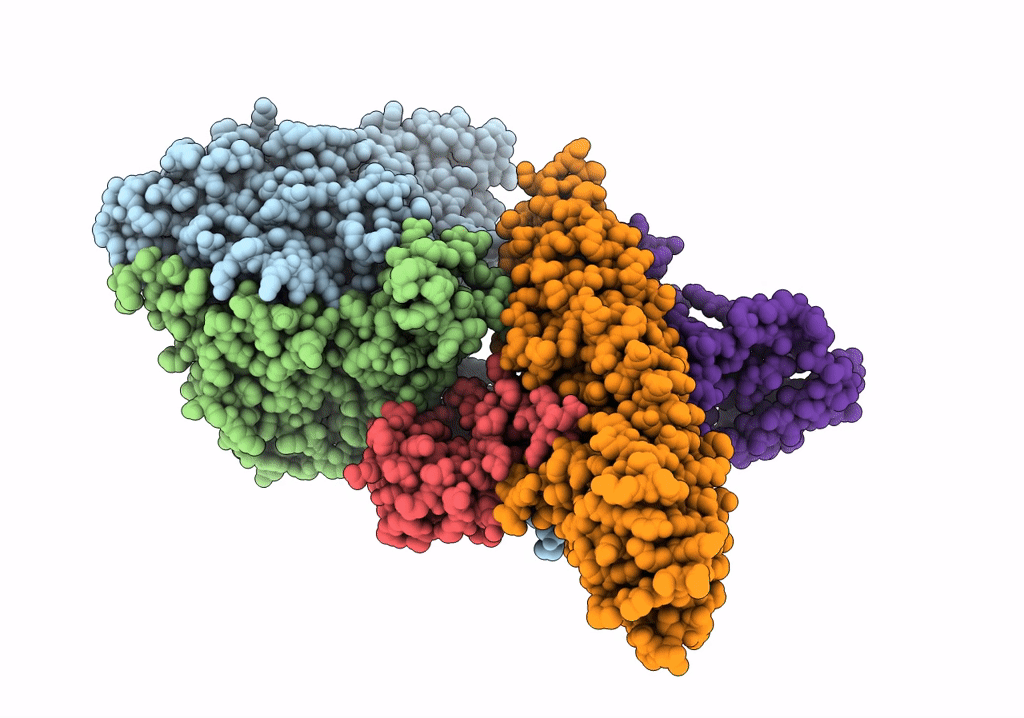
Deposition Date
2021-06-14
Release Date
2021-12-01
Last Version Date
2024-07-17
Entry Detail
PDB ID:
7OVB
Keywords:
Title:
L. pneumophila Type IV Coupling Complex (T4CC) with density for DotY N-terminal and middle domains
Biological Source:
Source Organism:
Host Organism:
Method Details:
Experimental Method:
Resolution:
3.61 Å
Aggregation State:
PARTICLE
Reconstruction Method:
SINGLE PARTICLE


